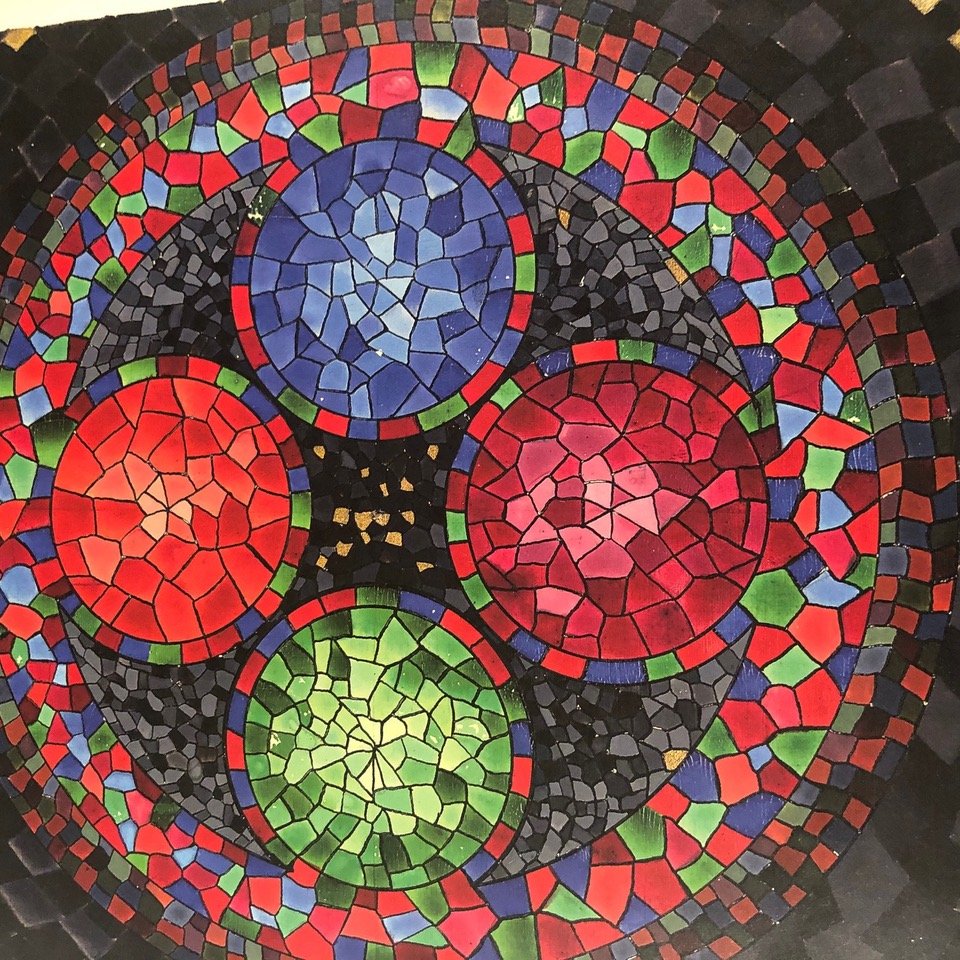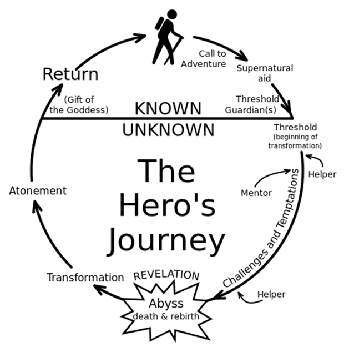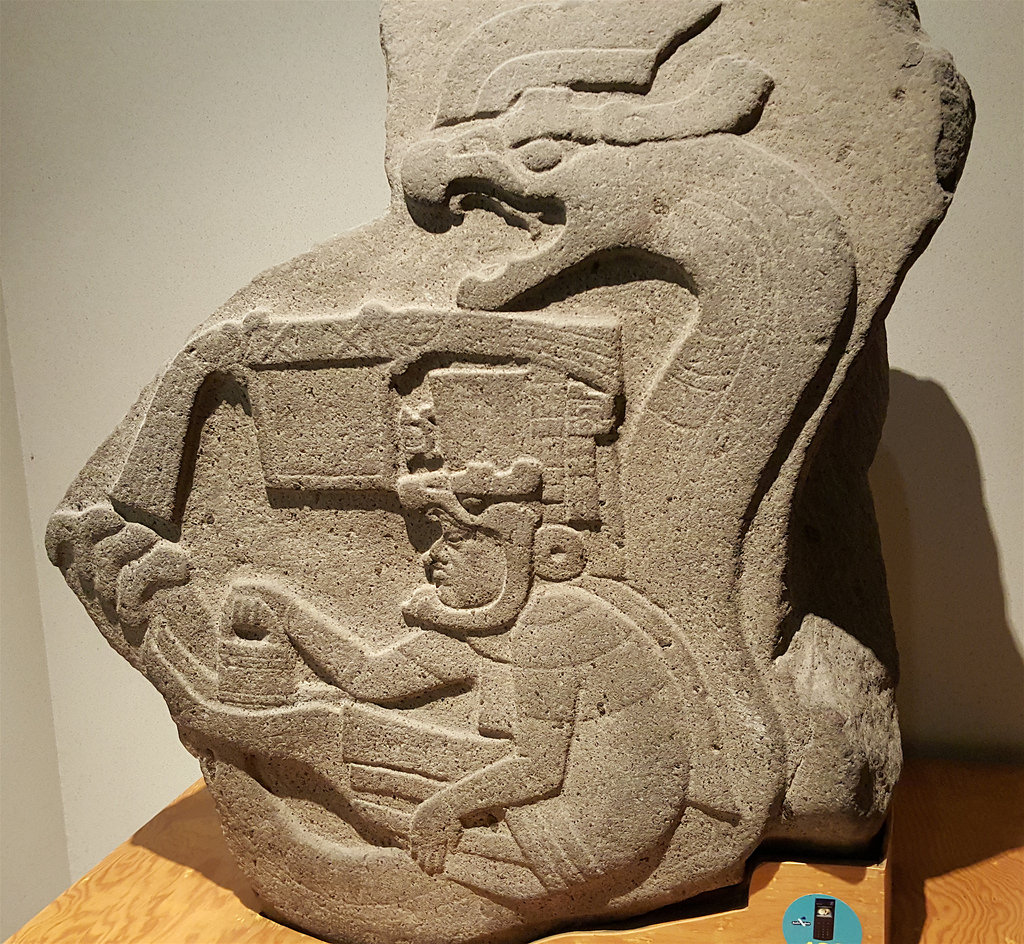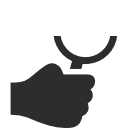1583150400000
The Unconscious Motivations in Ethnography and Market Research: Looking Inward in Observation
This is a beginning of a series on the discovery of the unconscious in research using ethnography and depth psychology. “Outside a fresh morning wind rises” (Jung, 2009, p. 278). Keep in mind these 12 areas: Conscious motivations are more prevalent, louder, easier to understand, and offered first by consumers, but the conscious in decision making is not as significant as unconscious factors.Conscious factors are usually articulate and a-ha moments, while unconscious factors are inarticulate, bumbling, confusing, and contradictory. Obtain the conscious factors first, then assume that there is more to the story than what consumers believe or provide you. There is much more to consumer behavior than what they do in front of you, insist on, or dramatically say. These are the unconscious factors.By definition, the unconscious cannot be seen. Therefore, we must do special activities to obtain it within qualitative consumer research.Go beyond online research. As thick as online data appears, it is what consumers want to offer you in selected images, text, and daily life. It is worthwhile as a small portion of the truth about their lives. If you only do online research, even good digital ethnography, you will be caught up in masses of conscious data that require days of analysis yet bear little relationship to actual unconscious motivations. Online may be slightly better than no research but it can be misleading. Doing online only gets you mostly conscious factors and represents about one quarter of the consumer reality.Do live phenomenological research, whether this is in-person ethnographic observation or depth interviews in context or in facilities. Do multiple layers of research with the same people. Get to know the same consumers. Trust allows unconscious factors to emerge. You need to care about your consumers to understand them, and the best way to experience this relationship is to experience consumers live, in front of you, living, breathing, and doing their lives. See them in multiple contexts and come back to visit them 2-3 times. You will be surprised at the differences between visits 1 and 2.In psychological depth interviews and within ethnography, look within the observation area for signs of the shadow. The shadow represents a part of motivations but cannot be easily understood or identified via the usual means of good research. The shadow is that part of the consumer’s life, psychology, behaviors, secrets, mind-set, or reality that consumers do not, themselves, want to see and definitely do not want you to witness. Clues to the unconscious may be found in outlying elements of consumer lives – packed away in old closets, piles of clutter, off brand labels, expiration dates long gone, elements in the garbage, items in the refrigerator that bear little relationship to their avowed shopping habits. Don’t disregard these areas for the more glamorous aspects.Especially be on the alert for consumer narratives that begin with “I never do this” and then they do it. This could be a particular TV or Netflix show in the middle of the day, clutter in the car that they clean up quickly, kids protesting that mom or dad’s comments are different than what they hear, driving in the car faster than usual, taking a different route, buying something off the list, saying something irritable to the dog, or stopping at a fast food drive-through and eating something they say they never eat. Watch for suppressed irritation, anger, or distractions. These may hide the unconscious.Look for moments of inarticulateness. Unlike what we were taught in doing interviews, don’t automatically indulge in research prompting. Let the inarticulateness go on, trail off, move into new areas. To begin to discover unconscious factors, the research and marketing teams must go beyond what is articulate, brilliant, and idealistic in consumer behavioral and psychological research. “I was born into life from below, and I grew up as heroes do, in hours rather than years” (p. 278). Today’s photo is an image created by Jung on the unconscious and archetypal (p. 78). Jung, C. G. (2009). The red book: Liber novus (S. Shamdasani, Ed.). New York, NY: Norton.







